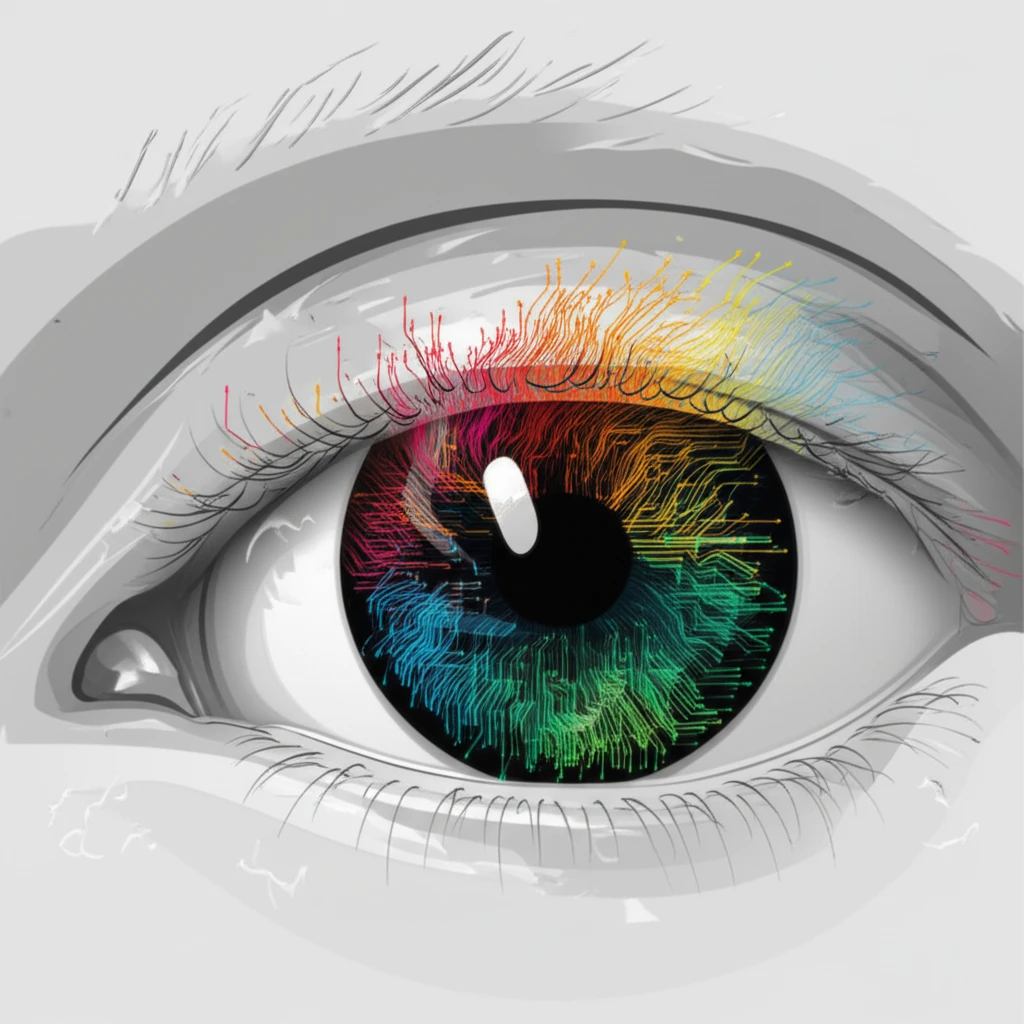
Why Your Brain's 'Auto-Correct' Skews Your Perception of Motion
"Uncover how your brain integrates visual information, revealing unexpected biases in how we perceive movement and direction."
Navigating the world relies heavily on our ability to accurately perceive motion. Whether it's judging the speed of an oncoming car or the distance to an object while walking, our brains constantly process visual information to keep us safe and oriented. A significant portion of this comes from 'optic flow,' the visual pattern created by our movement through an environment.
Optic flow gives us critical clues about our heading—the direction we're moving. Imagine walking through a forest; the way the trees seem to move around you provides vital information about where you're going. But how does your brain piece together all this visual information, especially when it’s complex or even contradictory?
A recent study delved into this question, exploring how people integrate optic flow information from different parts of their visual field to make heading judgments. The findings reveal not only the efficiency of our visual processing but also some surprising biases that can skew our perception of motion.
How We Piece Together Movement: The Visual Field Integration

The study, led by researchers Laurel Issen, Krystel R. Huxlin, and David Knill, used a cue perturbation paradigm to investigate how people integrate optic flow information from different regions of the visual field to judge direction. Participants were shown a three-dimensional field of random dots simulating linear movement, and the flow in one quadrant of the visual field was manipulated to suggest a different direction of heading than the other three quadrants.
- The Experiment: Participants viewed random dots simulating movement, with flow in one quadrant altered.
- Ideal Observer Model: Human behavior was compared against an ideal observer model.
- Key Finding: Information in the upper visual field was given more weight.
Why This Matters: Implications for Our Daily Lives
Understanding how our brains integrate visual information and the biases that come with it has significant implications. It can help us design better interfaces for vehicles, improve training programs for pilots and drivers, and even shed light on visual impairments and how to compensate for them. This research underscores the remarkable complexity of our visual system and the ongoing quest to unravel its secrets.
